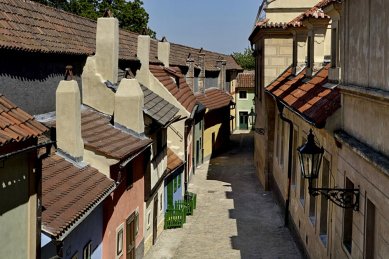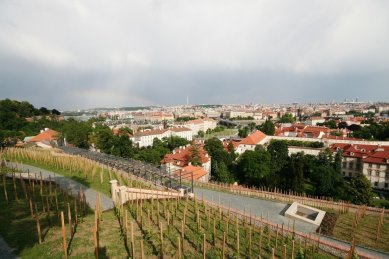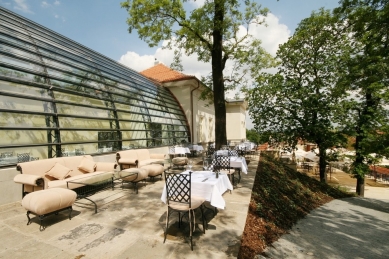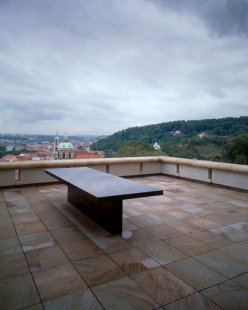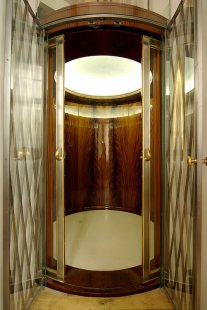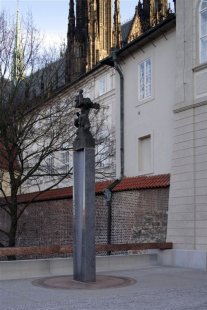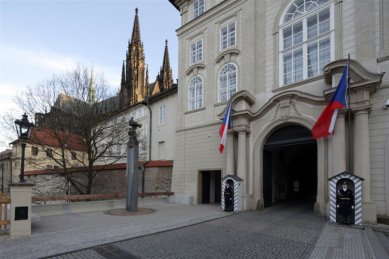
For Klaus, repairs to the monuments continued at the Castle
- During his tenure, the restoration of the Castle continued, which had begun already after November 1989, when the traditional seat of the head of state began to transform from an impenetrable fortress into a place open to the public.
- Last year, the renovated South Gardens were made accessible. They returned to their original form, which was shaped in the 1920s by Slovenian architect Josip Plečnik, who worked for President Tomáš Garrigue Masaryk. The Golden Lane was also renovated.
- The renovation of the last part of the Old Royal Palace was completed (2009), the Renaissance Institute of Noble Maidens on Jiřská Street was reconstructed, as well as the classicist Richter's Villa and the adjacent St. Wenceslas Vineyard (2008). The former Lumbeho Villa was converted into the president's residence in 2005.
- On the initiative of First Lady Livie Klausová, in 2010, the so-called production gardens were opened for the first time in history, where plants for the decoration of the Castle are cultivated. Part of the gardens, neighboring the presidential villa, also includes Masaryk's beehive and a unique water reservoir from the time of Rudolf II.
- In 2007, Klausová was instrumental in the new accessibility of Masaryk's outlook in the upper part of the Deer Moat, including the construction of a new access path. Students were also involved in the project.
- Improvements were also made to the castle in Lány, where the First Lady implemented repairs to the representative spaces and original furniture. In beautifying the presidential residence, she continued the work of her predecessors, Olga Havlová and Václav Havel's second wife, Dagmar.
- Regarding culture at the Castle, experts consider Klaus's style to be more conservative and traditional. As a jazz lover, the president initiated the concerts Jazz at the Castle in 2004 and the cycle Music of Prague Castle. The Summer Shakespeare Festival also continues.
- On the other hand, in 2004, two renowned festivals had to leave the Castle - the Respect ethnic music festival and the international festival Strings of Autumn. The contract for the Leica Gallery, which was located in the Supreme Burgrave's Office of Prague Castle, was also not renewed.
- A significant achievement in 2004 was the opening of the permanent exhibition The Story of Prague Castle, which is continuously updated.
- In 2011, after a long 21 years, the precious St. Vitus Treasure returned to the Chapel of the Holy Cross. The Czech coronation jewels were exhibited at the Castle twice (in 2003 and 2008).
- The prolonged dispute over the ownership of St. Vitus Cathedral in the Castle area was ended in 2010 by Klaus and the then Prague Archbishop Dominik Duka by signing a statement on the adjustment of relations concerning the care of the temple.
- Among other projects, the exhibition "The Tsar's Court under the Reign of the Romanovs" (2011), the exhibition of the reliquary of St. Maurus from Bečov Castle in Karlovy Vary (2010), or "Charles IV, Emperor by the Grace of God" (2006) received acclaim.
- In retrospectives, artists who are a safe bet were presented: Josef Čapek (2010), the court painter of Rudolf II, Hans von Aachen (2010), Emil Filla (2007), or Zdeněk Burian (2005).

